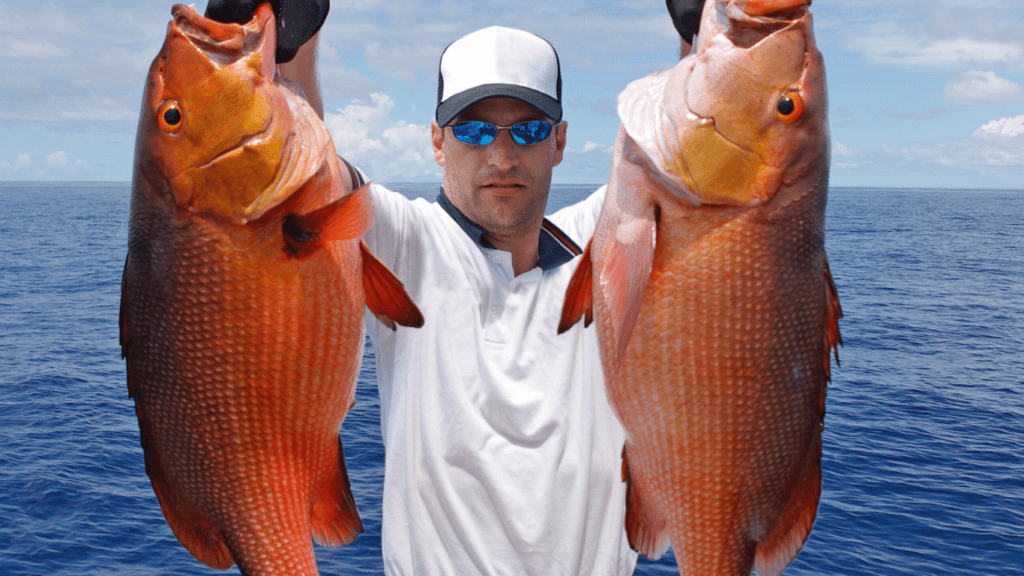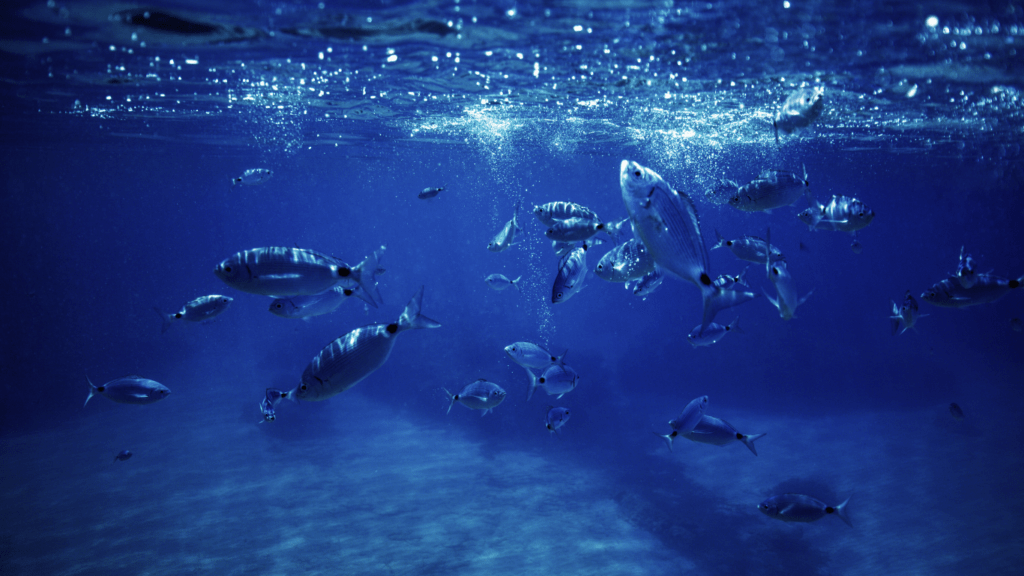What Is “Fishing For A Cause”?
“Fishing for a Cause” refers to initiatives combining recreational or sport fishing with conservation goals. These efforts involve activities promoting sustainable practices, protecting marine habitats, and raising funds or awareness for aquatic conservation issues.
Programs under this concept often include catch-and-release tournaments, habitat restoration projects, or partnerships with environmental NGOs. For example, organizations like Bonefish & Tarpon Trust and Captains for Clean Water focus on preserving fish populations and fighting water pollution.
The approach balances recreational fishing with ecological responsibility. Participants enjoy the sport while contributing directly to the well-being of aquatic ecosystems.
The Importance Of Conservation Efforts
Conservation efforts address the declining health of aquatic ecosystems and ensure the sustainability of marine biodiversity. These initiatives create a balance between human activities and environmental preservation.
Protecting Marine Ecosystems
Protecting marine ecosystems sustains biodiversity and ecological balance. Overfishing, pollution, and habitat destruction threaten species and disrupt food chains. Efforts like habitat restoration, pollution reduction, and creating marine protected areas (MPAs) counteract this damage. MPAs, for instance, safeguard critical habitats, giving species a chance to regenerate and thrive. Partnerships with organizations, such as Coral Restoration Foundation, accelerate reef restoration by planting coral colonies.
Supporting Sustainable Fishing Practices
- Sustainable fishing practices minimize ecological impact and prevent species depletion.
- Adopting methods such as selective gear use, maintaining fishing quotas, and adhering to catch-and-release principles ensures long-term fish stock health.
- Programs like the Marine Stewardship Council certification inform anglers and consumers about responsible sourcing.
- Collaboration with fisheries to align harvest limits with scientific assessments supports ecosystem balance while serving economic needs.
Organizations Leading The Charge
Conservation organizations play a pivotal role in protecting aquatic ecosystems. Their initiatives advance habitat restoration, promote sustainable fishing, and raise public awareness about critical environmental issues.
Nonprofit Groups Making An Impact

Nonprofits like Bonefish & Tarpon Trust (BTT) and Captains for Clean Water focus on preserving marine biodiversity. BTT enhances habitat resilience by protecting key species such as:
- bonefish
- tarpon
- permit
while its research efforts guide effective ecosystem management. Captains for Clean Water advocates for water quality restoration in regions like Florida’s coastal ecosystems, addressing issues like harmful algal blooms and nutrient pollution.
The Coral Restoration Foundation accelerates reef recovery by cultivating and replanting threatened coral species. Its extensive restoration work spans over 20 coral nurseries, successfully reintroducing tens of thousands of corals to degraded reefs. Additionally, Oceana campaigns at a global scale to combat overfishing through policy reform and initiatives supporting sustainable seafood practices.
Collaborative Efforts With Local Communities
Involving local communities ensures conservation efforts have long-lasting impacts. Partnerships between groups like Rare and coastal populations empower communities to adopt sustainable fishing practices. Rare’s Fish Forever program supports small-scale fishers through tools such as marine protected areas and no-take zones, which enhance fish stocks and preserve habitats.
Locally-led initiatives by organizations like the Trust For Public Land engage residents in restoring vital waterways and riparian habitats. Projects targeting urban areas create greenspaces to filter pollutants, benefiting both aquatic life and community well-being. By building trust and providing resources, conservation groups enable individuals to take ownership of preserving their natural environments.
Success Stories: Conservation Efforts That Worked
Efforts to conserve aquatic ecosystems have led to remarkable achievements, showing that dedicated actions can yield tangible results. Below are examples of initiatives that successfully protected marine biodiversity and habitats.
Recovering Endangered Fish Species
Targeted conservation programs have successfully increased populations of previously endangered fish species. For example, efforts to protect the Atlantic sturgeon—a species critically threatened by overfishing—resulted in population rebounds in the Hudson River due to habitat restoration and fishing bans. Similarly, the whitefish population in the Great Lakes was revived through stocking programs and management of invasive species.
Organizations like the International Game Fish Association played a critical role by educating anglers and promoting catch-and-release practices. These methods helped reduce mortality rates among vulnerable species, balancing recreational fishing with preservation goals. The recovery of these species demonstrates the impact of sustained and collaborative conservation.
Preserving Coral Reefs And Habitats
Innovative programs have made strides in restoring coral reefs and protecting their ecosystems. The Coral Restoration Foundation, for instance, planted over 200,000 corals in Florida’s waters, aiding the recovery of critical reef systems. Techniques like coral fragment propagation significantly accelerated reef restoration processes.
Marine protected areas (MPAs) were established in regions like the Coral Triangle, ensuring reef habitats stayed protected from destructive practices like dynamite fishing. Collaborative partnerships between NGOs and governments provided funding and logistics for long-term reef monitoring. In these environments, fish populations recovered, fostering healthier ecosystems and bolstering local livelihoods.





